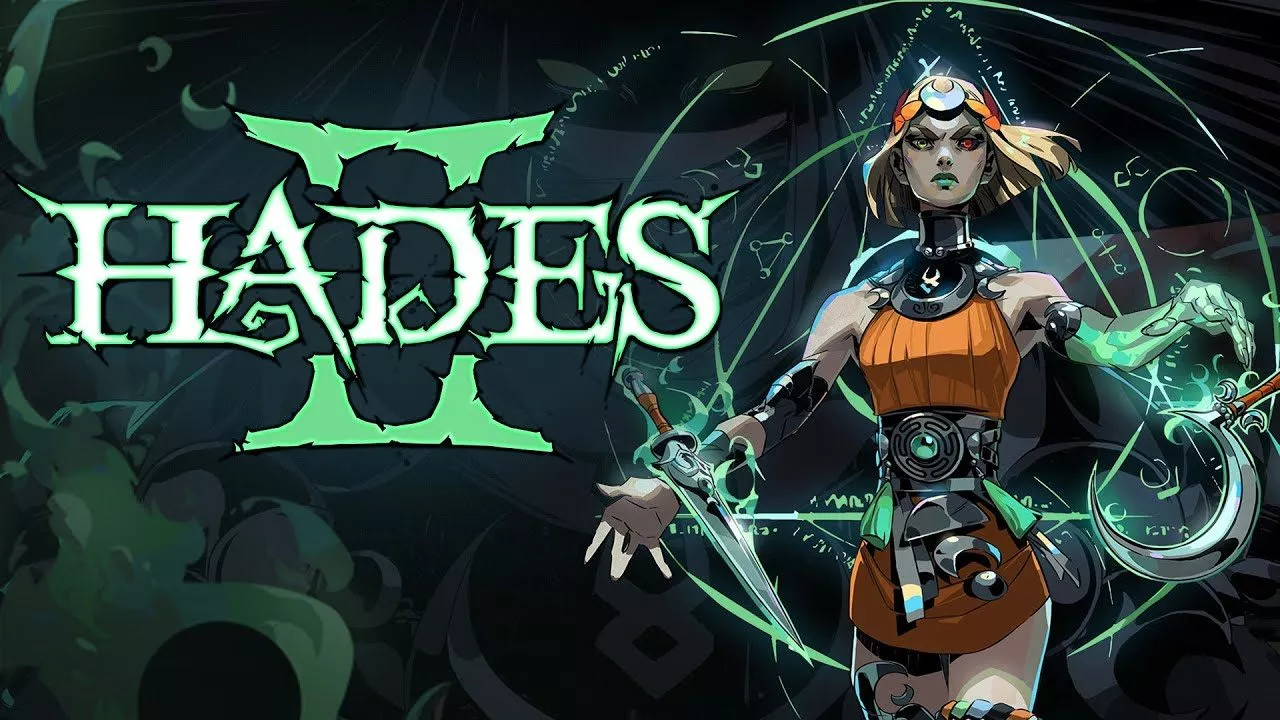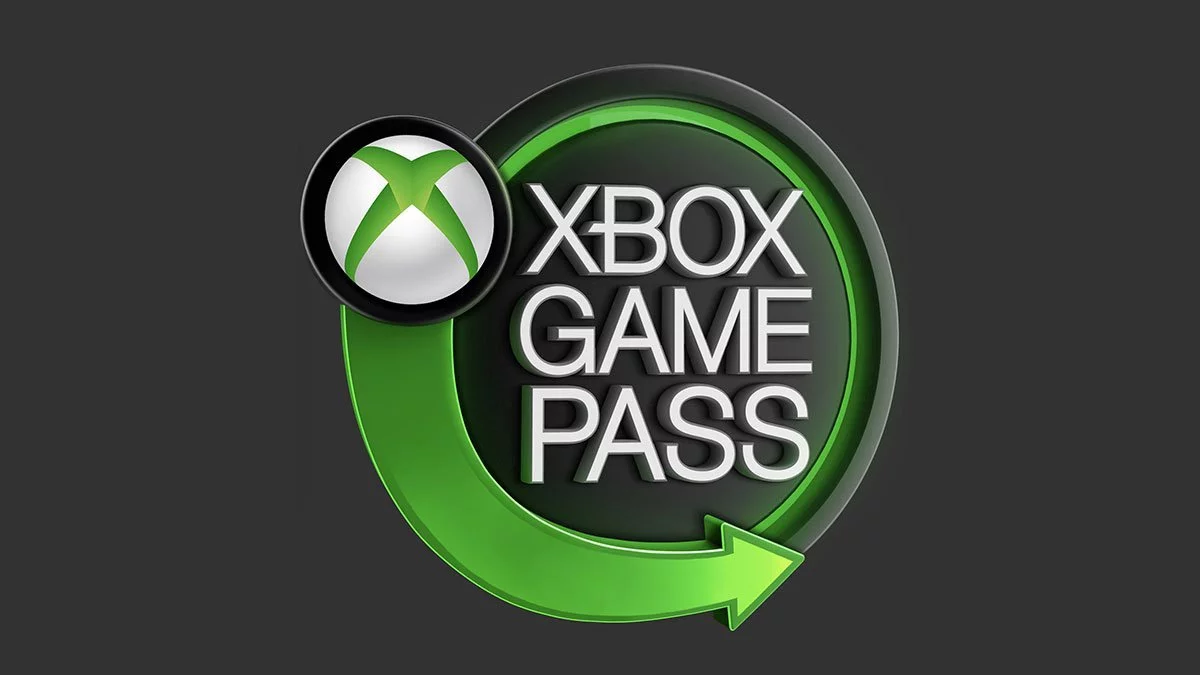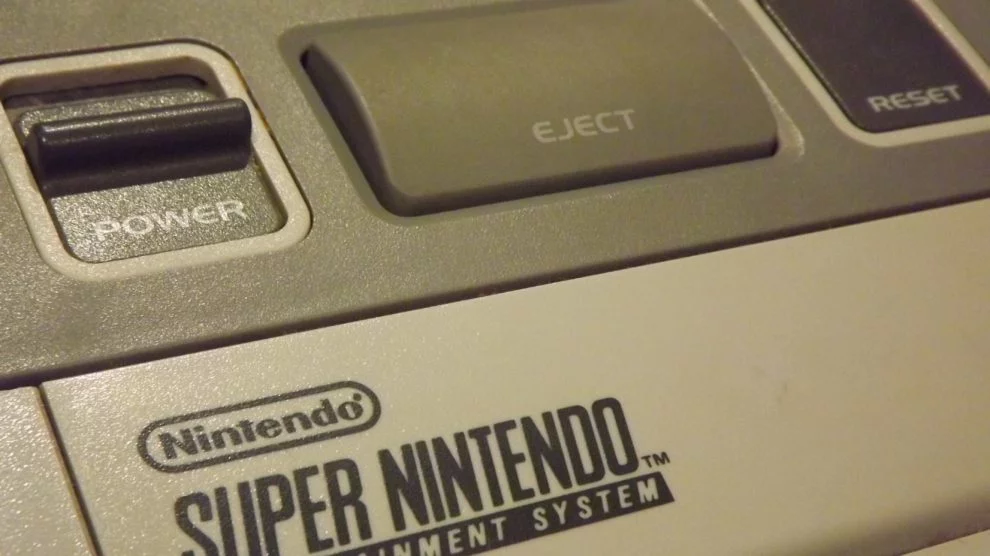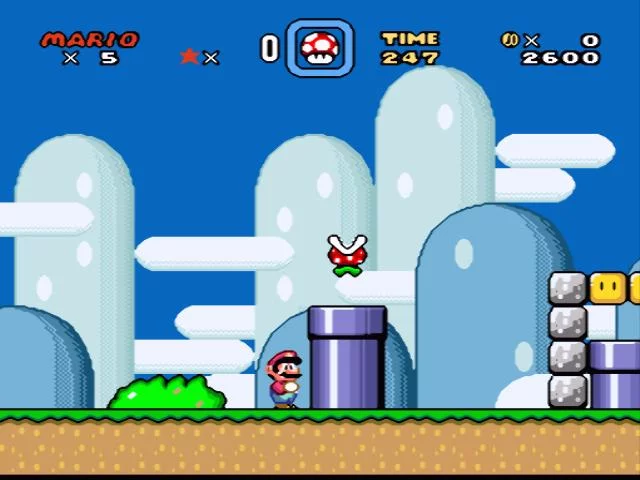Welcome to part four of our feature covering the history of video game consoles. Before continuing with the intro, let me once again clarify the dates we’ve chosen – we’ve defined each generation as lasting from the release of the first system, to the release of the first system of the following generation (therefore, it’s not reflecting lifecycle, just the length of time that each generation was the most advanced).
Stick with us over the next few weeks as we cover off the difference between console generations—we’ll take a look at what’s changed and what hasn’t from a general perspective, as well as what was going down in the market at the time. Hopefully this will provide some insight into where we are at currently. That said, some of what was happening in the larger electronic entertainment market may well apply, but don’t be TOO despondent if we only gloss over something you’re really interested in.
Click here to read about Generation 1
Click here to read about Generation 2
Click here to read about Generation 3
Note: This series was written with the assistance of Noel Wheatley, the Stevivor.com TopGeek (@furysevensix), whose vast knowledge of videogame history and large collection of vintage and retro consoles are, in our opinion, second to none.
Generation 4: JP 1987 – 1993 (US 1989 – 1993)
Nintendo was on to a winner, and this didn’t go unnoticed. Meanwhile, in Europe, Sega’s Master System was also selling strongly. In the mid-1980s, Hudson Soft—a Nintendo third-party developer who also happened to dabble in hardware—manufactured some new technology with impressive graphical capabilities, which they were looking to bring to the market. There has been some suggestion that they tried to sell this technology to Nintendo, but we were unable to confirm this for certain. In the end, though, they partnered with NEC resulting in the 1987 release of the PC Engine in Japan.
Touting itself as a 16-bit machine, it was clearly a cut above the rest. The dual 16-bit graphics chips provided the capacity to display up to 482 colours simultaneously from a palette of 512—far more than the NES and Master System could manage. As a result, it sold really well on release, even outselling the NES inJapan(of course, the NES was four years old at the time). It eventually lost ground in both the Japanese and US markets (the PC Engine was released in the US in 1989 as the TurboGrafx-16) based on a couple of its limitations—for one, it had only a single controller port, meaning consumers needed to purchase an adapter (as well as extra controllers) in order to enjoy multiplayer titles. Beyond this, though, it was arguably not a 16-bit machine—while the graphics chips were described as 16-bit, the machine utilised an 8-bit CPU. At a time when “16-bit” seemed to mean “better,” this didn’t help.
At the same time, Sega’s Master System was languishing. Sure, it had sold fairly well in the PC-focused European market, but not so well in both the US and Japanese markets. In order to turn this around, Sega looked to their arcade division. In 1985, Sega had released a new kind of arcade board – it was 16-bit, and seemed to be doing very well in their newer machines (in fact, it became one of Sega’s most successful arcade boards). It was developed into a configuration that would suit the home console, and released in Japan in late 1988 as the Sega Mega Drive (the configuration was almost identical to that of the arcade board, both containing the popular—and powerful at the time—Motorola 68000 and the Zilog Z80 co-processor).
Initially, Sega was looking to partner with Atari to release the Mega Drive in the US; however, after lengthy discussions, they chose to release it themselves. Sega also encountered trademark issues with the name–there was an existing US manufacturer named Mega Drive Systems Inc–and released the system as the Sega Genesis in August 1989 (initially in New York and Los Angeles, but the system was released to the population at large in September of the same year). The Genesis was in immediate competition with both the powerhouse NES and the newly introduced TurboGrafx-16.
Sega then released the Mega Drive into the European market in November 1990 – given the huge success of the Master System there, it saw immediate buy-in from consumers. Consequently, Sega spent a great deal of money on marketing, with a number of hugely popular campaigns (it should be mentioned that there were equally popular and successful campaigns in the US). Further, considering the system was based on an incredibly popular arcade board, the resulting arcade ports demonstrated to consumers that home consoles could finally provide the experience they were looking for—up until this point, arcade titles were far more advanced in comparison to home consoles. Of course, given that the architecture was not an exact replica of the arcade board, the titles were not a perfect match, but it was closer than ever.
It was around this time that someone at Sega realised the need for a mascot – Nintendo had Mario and Donkey Kong (among others), NEC/Hudson had Bonk, and not only did these titles sell well, but they sold systems as well. A team was put together at Sega, and the result was Sonic the Hedgehog, released initially for Mega Drive in 1991 and ported to the Master System in the same year. It was a huge success, and even helped Sega to break into the competitive North American market. Finally, sales of NES begun to peter off, and Nintendo realised that something needed to be done.
In reality, Nintendo rode the wave of success for as long as they possibly could, and resisted putting out a new system until absolutely necessary. They noted the limited success of the TurboGrafx-16 on release, but the NES was still selling well (in fact, 1990 was a huge year for the NES). It wasn’t until Sega unexpectedly started to steal back some market share that Nintendo begun to take notice.
Sega seemed to have a machine that was targeted at a different audience. It played arcade games fairly accurately, and Sega had somehow convinced EA to release some major sports games for the system, bolstering its popularity among adults. The marketing campaigns reflected this, and Sega’s sales powered ahead.
To combat this, Nintendo released the Super Famicom in late 1990 in Japan (released in 1991 as Super Nintendo Entertainment System [SNES] in the US). Compared to Sega’s machine, it was more powerful, able to display 256-colour images using a palette of 32,768 colours (due to the use of a 15-bit RGB palette that used 5 bits for each of the red, green, and blue colour components; commonly referred to as Highcolor). Beyond this, it had some new graphical capabilities that the Mega Drive was not capable of, the most well known being “Mode 7” (providing the ability to change the scaling/rotation values of images in the background). In addition, Nintendo had designed a new gamepad…
Given the recent popularity of fighting games such as Street Fighter 2 in the arcades, there was a clear disparity in terms of controls. The SF2 arcade machines used 6-button controls – something that couldn’t be mapped to the Mega Drive’s three buttons… Nintendo, on the other hand, took this into consideration, and released the SNES with a new gamepad; one with four face buttons in a cross formation, and two buttons placed on the left and right shoulders of the pad. A new controller button layout was born – one that has existed in much the same format to the modern day.
Of course, Street Fighter 2 was ported to both the SNES and Mega Drive in 1993. Sega had to release a new 6-button pad (often referred to as the Arcade Pad) in order to meet the requirements of the game, but the SNES was considered a better conversion overall – the improvements that Nintendo had over Sega really came in to play. It was simply a better looking and smoother game, and this reinforced Nintendo’s sales. Still, the Mega Drive was an established system and it finally had its own personality. For the first time, Nintendo met some real competition.
Then came Mortal Kombat. It was a fighting game released in the arcades in 1992, but its claim to fame was in realism and gore. It used much more realistic graphics in comparison to SF2, and allowed for players to complete a match using violent finishing moves, something that proved popular in the arcades. Porting the game to home consoles was not a complex task; however, Nintendo chose to forgo the violence, suggesting it was against its standard policies. As a result, Mortal Kombat on the Mega Drive outsold the SNES version three to one on its release in 1993.
TheSNES/Mega Drive “war” lasted for the entire generation – Sega had bedded the system in well prior to Nintendo’s release of the SNES, and Nintendo released a more powerful system; both tactics played to the manufacturer’s advantages. However, as time dragged on, and technology began to advance, change was on the horizon.
CDs were by now a very popular storage medium, and it was clear that the switch to CDs would provide a medium for much larger—and thus more complex—titles. At this time, both Nintendo and Sega looked to create a CD player add-on, as did NEC.
In addition, another player had joined the market. Given the popularity of the Neo Geo arcade machines, the obvious next step for the manufacturer was to capitalise by bringing this exact arcade experience into the living room, which resulted in the SNK Neo Geo home console. Game cartridges contained the actual arcade code, and thus gamers could finally play arcade-perfect games at home on their 24-bit console.
This would have been detrimental to both Sega and Nintendo except for one thing – the price. Neo Geo, with all its power, only ended up selling 1 million units in its time.
Given the increased processing power that was now available, in addition to the new storage features, Sega attacked the market aggressively, releasing the Mega CD (Sega CD in the US – this was a component that connected to the master Mega Drive console to play games from CD) in Australia in 1993, and the 32X (an adapter that plugged into the cartridge slot to provide 32-bit processing power) in 1994. Both would allow for newer, more impressive titles—the 32X providing more pixel-pushing capabilities, and the Mega CD allowing for full motion video—but neither would sell in any remarkable numbers. There just didn’t seem to be a compelling reason for consumers to buy.
Nintendo were also working on a CD device for the SNES. In collaboration with Sony, there were plans for what was being referred to as the Nintendo Play Station, but given some struggles between the two companies (due to some disagreements over licencing, Nintendo announced a partnership with Philips at the 1991 CES, and severed ties with Sony), the device was never released.
Something else happened in the early ‘90s. As a result of the violence in Mortal Kombat, as well as the equally questionable content in a Mega CD title called Night Trap (involving full motion video footage of scantily clad teenage girls), the industry came under the spotlight of the media, and investigations were made into videogame content and its appropriateness for children. What occurred here is easily a multi-part article in itself, but it did result in the application of ratings for video game titles (initially in the US). However, it should be noted that as early as the very first generation of video games there were cries of “won’t somebody think of the children!”, with some lobbying groups arguing that the light gun sold with the Magnavox was inappropriate. This was nothing new to the games industry, but it was the recent improvements in graphics and processing power that placed games (and gamers) under the microscope of the mainstream media.
Things were coming to a head – Sega had released a bunch of unimpressive peripherals (the Mega CD really only allowed for a new storage media, and added no processing power of its own, while the 32X provided 32-bit processing, but nothing else), and had subsequently announced a new machine on the horizon. There were also rumblings of a new super powerful machine on the way from Atari, as well as a couple of new players – Trip Hawkins (of EA) had partnered with the 3DO Company to announce a new machine, and there was another system on its way – one that was to shake the very foundations of the market as it stood at the time.
Primary Changes from Generation 3 to Generation 4
GEN3 – 8-bit architecture
- GEN4 – 16-bit architecture
GEN3 – two-button control pads
- GEN4 – multi-button control pads (prompted by arcade machines)
BRIEFLY… Game assist peripherals (Game Genie, etc.)
INTRODUCED: Arcade-style controllers
INTRODUCED: Rating systems for videogames
INTRODUCED: Shoulder buttons on controllers
INTRODUCED: Memory cards
POPULARISED: Split-screen local multiplayer
Up next: Everyone decides to have a go at this “video game” gig…
This article may contain affiliate links, meaning we could earn a small commission if you click-through and make a purchase. Stevivor is an independent outlet and our journalism is in no way influenced by any advertiser or commercial initiative.





























